5 F1 Innovations That Never Caught On
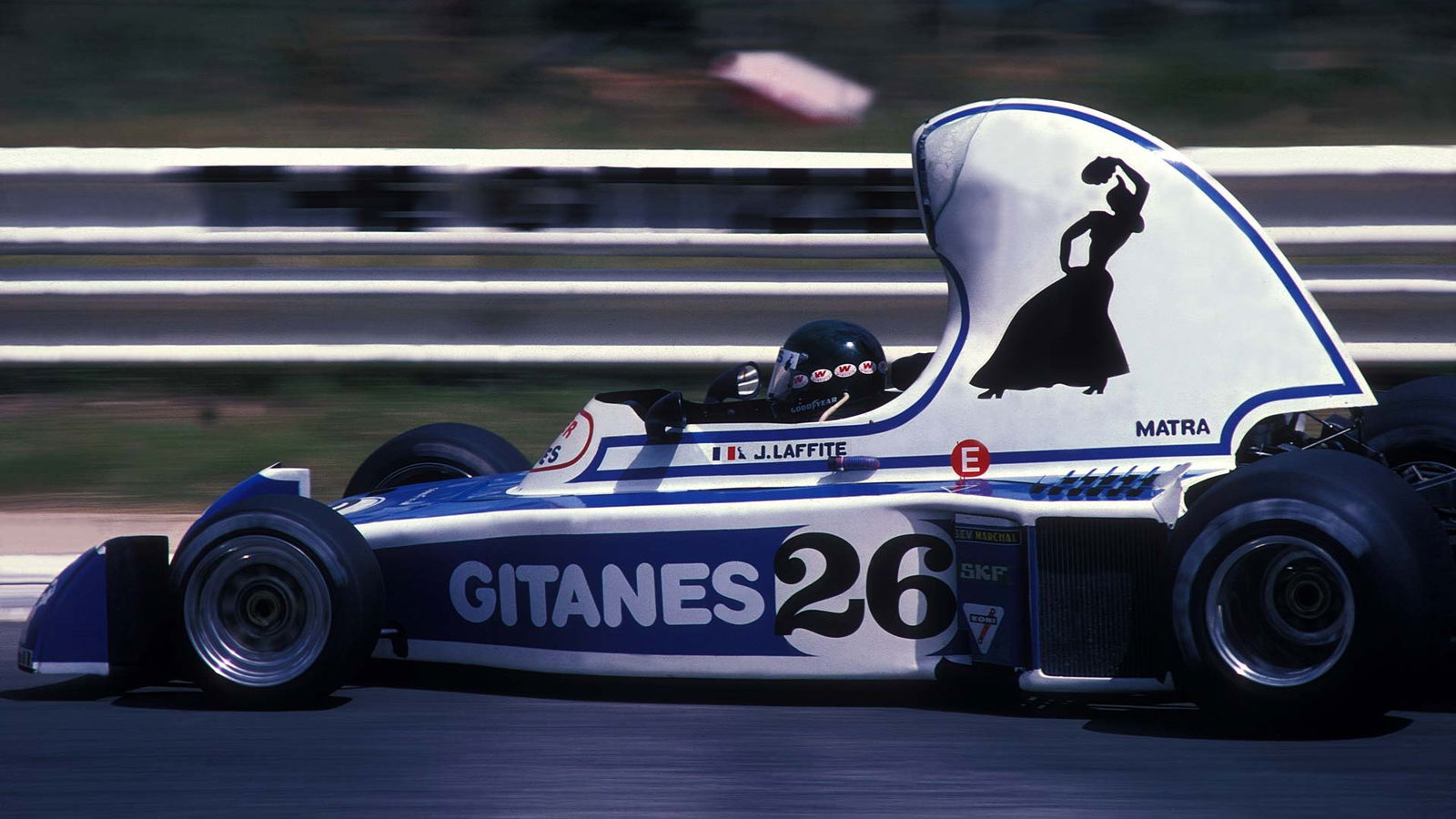
1. High airboxes

When you think of F1 in the 1970s you think of dangerous circuits, brave drivers and innovative cars. Rules were relaxed, allowing engineers to push boundaries and develop ingenious solutions, and nowhere was this more evident than in airbox design. In the early 70s, wind tunnels were just coming into play, allowing designers to collect data on aerodynamic modifications for the very first time.
After some experimentation, engineers quickly realised that the higher they placed the airbox, the ‘cleaner’ the air would be when it entered the intake. This resulted in higher pressure and consequently more power. Over time designers pushed the limits further and further, resulting in some seriously high - and potentially dangerous - protuberances. The real problem was that the airboxes had extended way above the roll hoop. In the event of a roll over the bodywork would have simply shattered sending debris into the cockpit and all over the track. It also didn’t help that cars like the Ligier JS5 (above) looked completely stupid.

In early 1976, the FIA finally recognised that the height of airboxes were getting a little out of hand. It quickly wrote a new regulation that stated nothing should sit higher than the roll hoop, effectively bringing the era of high airboxes in F1 cars to an end. However, this didn’t turn out to be as big a loss as it first appeared to be. Turbocharged engines were quickly introduced after the rule change, rendering ram-air systems redundant.
2. Six wheels
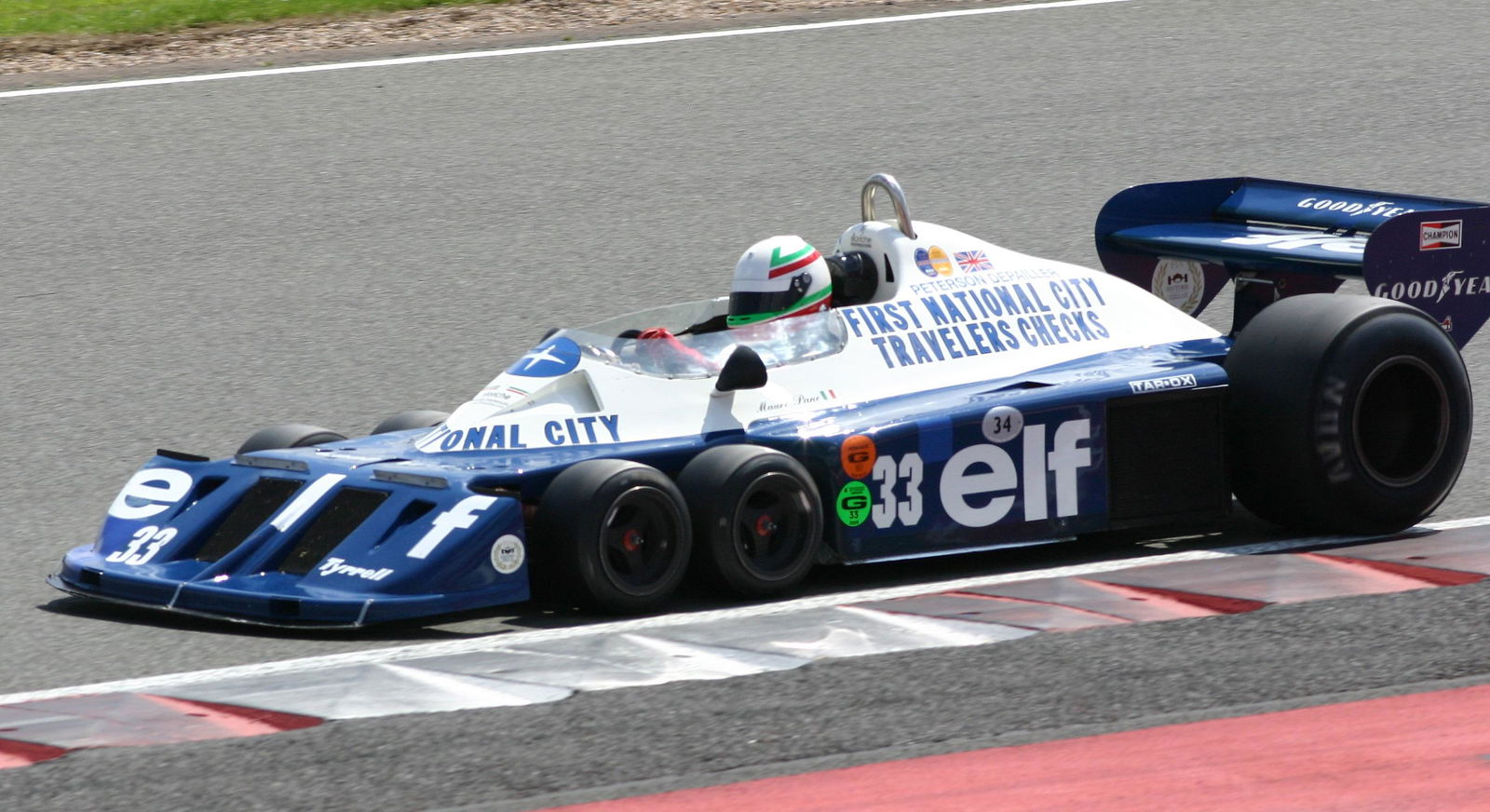
The 1976 Tyrrell P34 is potentially the quirkiest F1 car of all time with four wheels up front and two at the rear. The thinking behind Derek Gardner’s innovative design was that the four smaller 10-inch front wheels would give increased mechanical grip, while also having the effect of decreasing frontal drag.
The design was relatively successful with Jody Scheckter, Tyrrell’s driver for 1976 season, taking a pole and a win at the Swedish grand prix. Unfortunately, Tyrrell didn’t achieve any further victories in ’76, but Scheckter’s third place in the championship proved that the design worked. The car also ran in 1977, but the team’s tyre supplier Goodyear quickly lost interest in the project, providing the team with tyres that were technologically outdated. With half-rate rubber and a lack of solid results, Tyrrell retired the design at the end of the 1977 season. A sad day for innovation.
3. Four-wheel drive
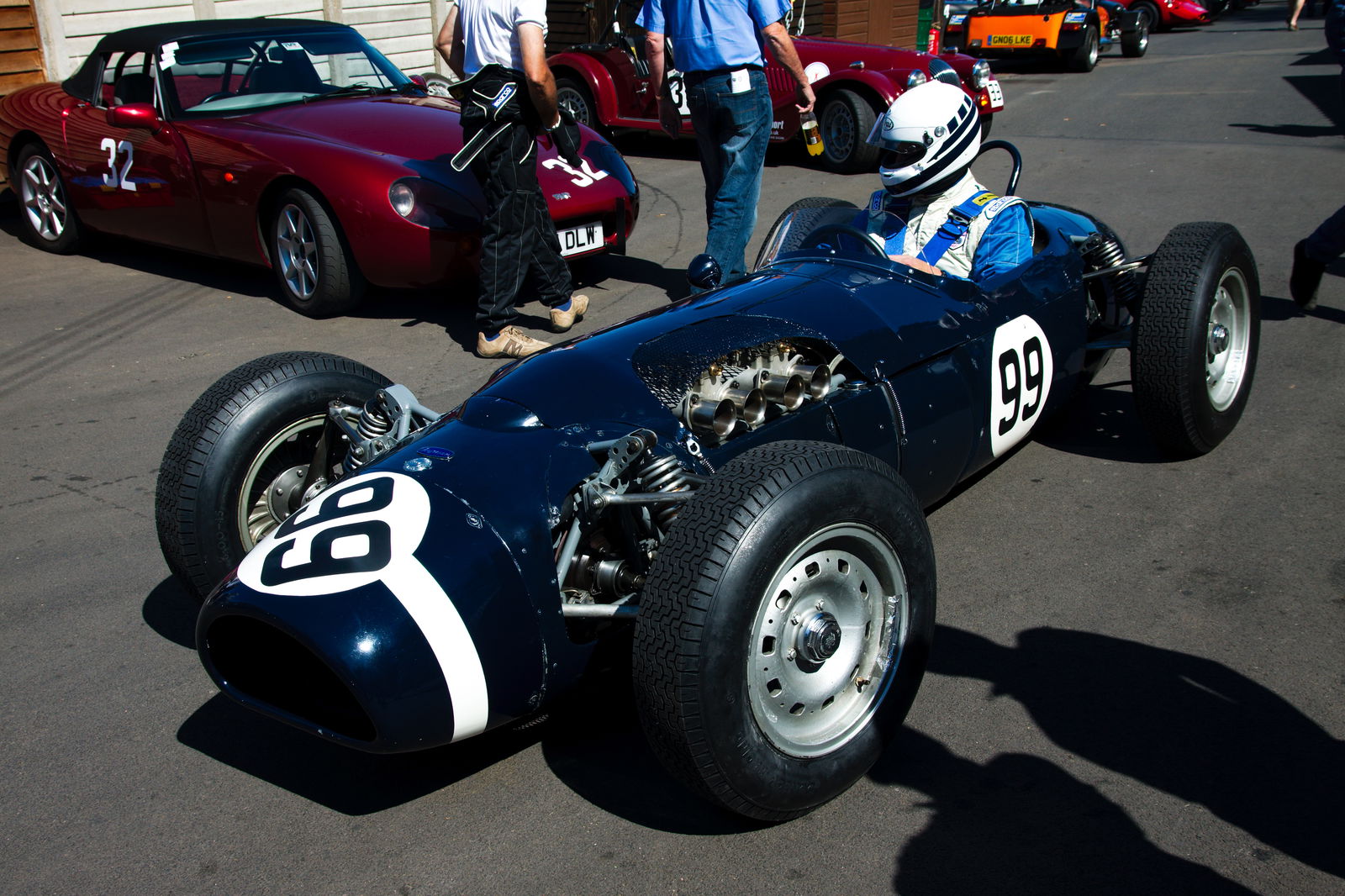
With the notoriety of cars like the Audi Sport Quattro S1, you’d be forgiven for thinking that all-wheel drive race cars are a relatively new concept. However, the technology goes all the way back to the early 1960s, where it was used successfully in Formula 1.
The 1961 Ferguson P99 can lay claim to being the first all-wheel drive car - as well as being the last front-engined car - to win a Formula 1 race. The car featured a 50-50 torque distribution front to rear, lightweight magnesium gearbox cases and an off-centre driving position to accommodate the rear driveshaft. It was truly high-tech in 1961 and proved that four-wheel drive was advantageous in adverse conditions when Stirling Moss won at a damp International Gold Cup non-championship F1 race at Oulton Park in September of that year.

Unfortunately the design didn’t offer enough of a performance advantage on a dry race track to justify the added complexity and weight of the system. Other teams like Lotus and Matra trialled four-wheel drive with little to no success. The technology has now made its way into endurance racing, but it’s unlikely that we’ll ever see it make a return to F1.
4. Magnesium bodywork
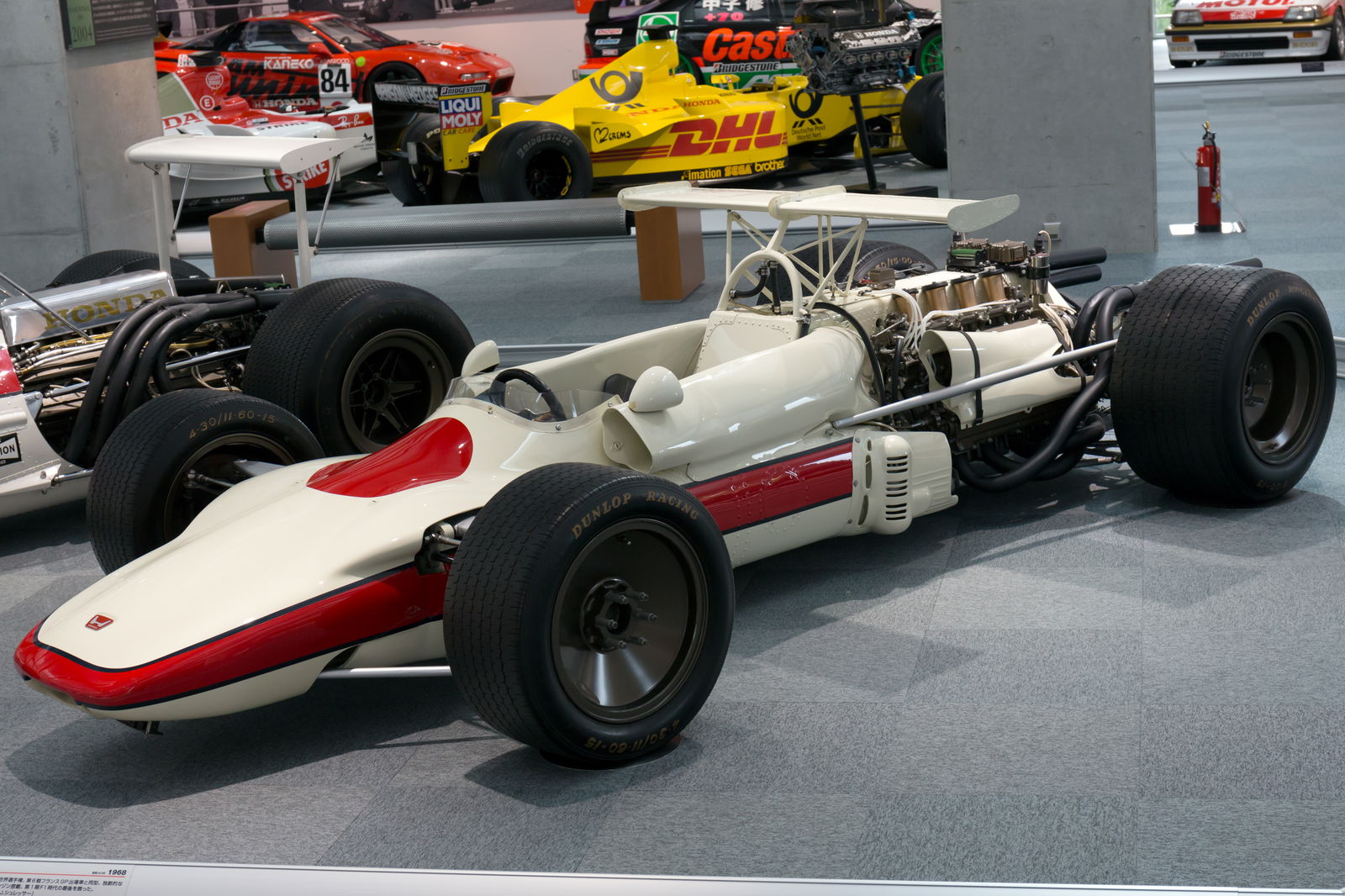
The Honda RA302 was an innovative race car produced by Honda Racing. It featured a 430bhp air-cooled V8, brilliant weight-distribution and a lightweight magnesium-skinned monocoque. Unfortunately, the air-cooled engine had a propensity to overheat, the driving position - which allowed for that great weight distribution - pushed the driver’s feet ahead of the front axle and the lightweight bodywork was highly flammable.
Honda driver John Surtees, the only man to win both two and four-wheeled world championships, called the car a death trap and refused to drive it after an initial test at Silverstone. With Surtees out, Honda recruited Jo Schlesser to race the car at the French grand prix. Surtees’ worst nightmare came true when Schlesser lost control on the second lap of the race and crashed into an embankment. The car instantly burst into flames, with the magnesium body burning so intensely that the driver could not be recovered. Not surprisingly, magnesium bodywork was quickly abandoned after the accident.
5. High wings
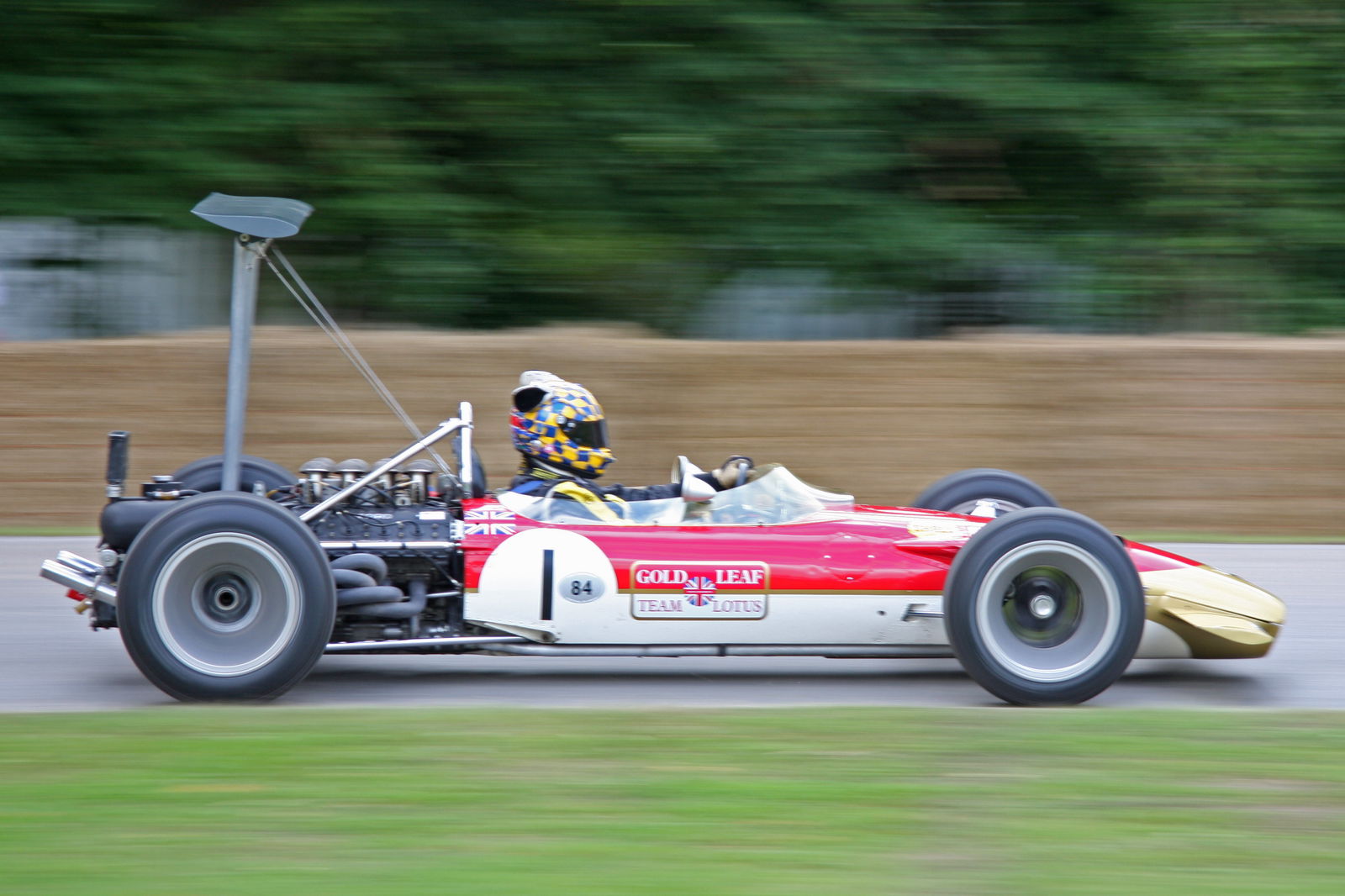
When Colin Chapman unveiled Graham Hill’s futuristic Lotus 49B with its innovative wings at the 1968 Monaco grand prix it ushered in a new era of ‘aero’ in Formula 1. Other teams quickly identified the benefits of aerofoils, and in the off-season started to experiment with huge wings.
When the first grand prix of 1969 arrived at Kyalami, cars had started to sprout high-mounted wings front and rear. At first this didn’t appear to be a problem, but after numerous wing failures drivers started to grow increasingly worried. The problem was that designers like Chapman wanted the benefits of downforce without the added weight of the wings. This led to teams designing extremely thin wing supports which were mounted directly onto the suspension, which was a recipe for disaster.
The Lotus cars were particularly bad, with wings flexing at high speed. Lotus driver Jochen Rindt even wrote a letter to Motorsport magazine trying to get the wings banned. Unfortunately, Rindt’s predictions came true at the Spanish grand prix when his rear wing collapsed at high speed.
The Austrian crashed into the wall, hitting Graham Hill’s stationary Lotus which had suffered the same failure at the same part of the track. Luckily he walked away with just a broken nose, but the consequences could have been far worse. Thankfully the high wings were banned soon after, preventing further high-speed accidents.
Comments
Nice article, really interesting stuff.
Personally I love the Tyrrell 6 wheel F1 cars. Nothing like that will ever be seen again.
I know right
3rd comment c:
March And Williams also tried the 6 wheels cars but 4 wheels were at the back and not at the front.
https://encrypted-tbn0.gstatic.com/images?q=tbn:ANd9GcT92W5hzQKEGROJGEt_43en6dxcZgmFZolecKcc7DR2AHicenZrhv3mr3fp
How about this?
The Asurada
might as well have called this post “5 more innovations in F1 that got banned”
The Tyrell had Goodyear tires, not Firestone. You can even see the sponsor sticker on the car.
#6: Fun
I wish they would bring back 1970s formula 1 into today’s racing.
Have good looking, designed from scratch, cars that mightn’t be as safe as the new thong designs. But surely 290% cooler
Pagination